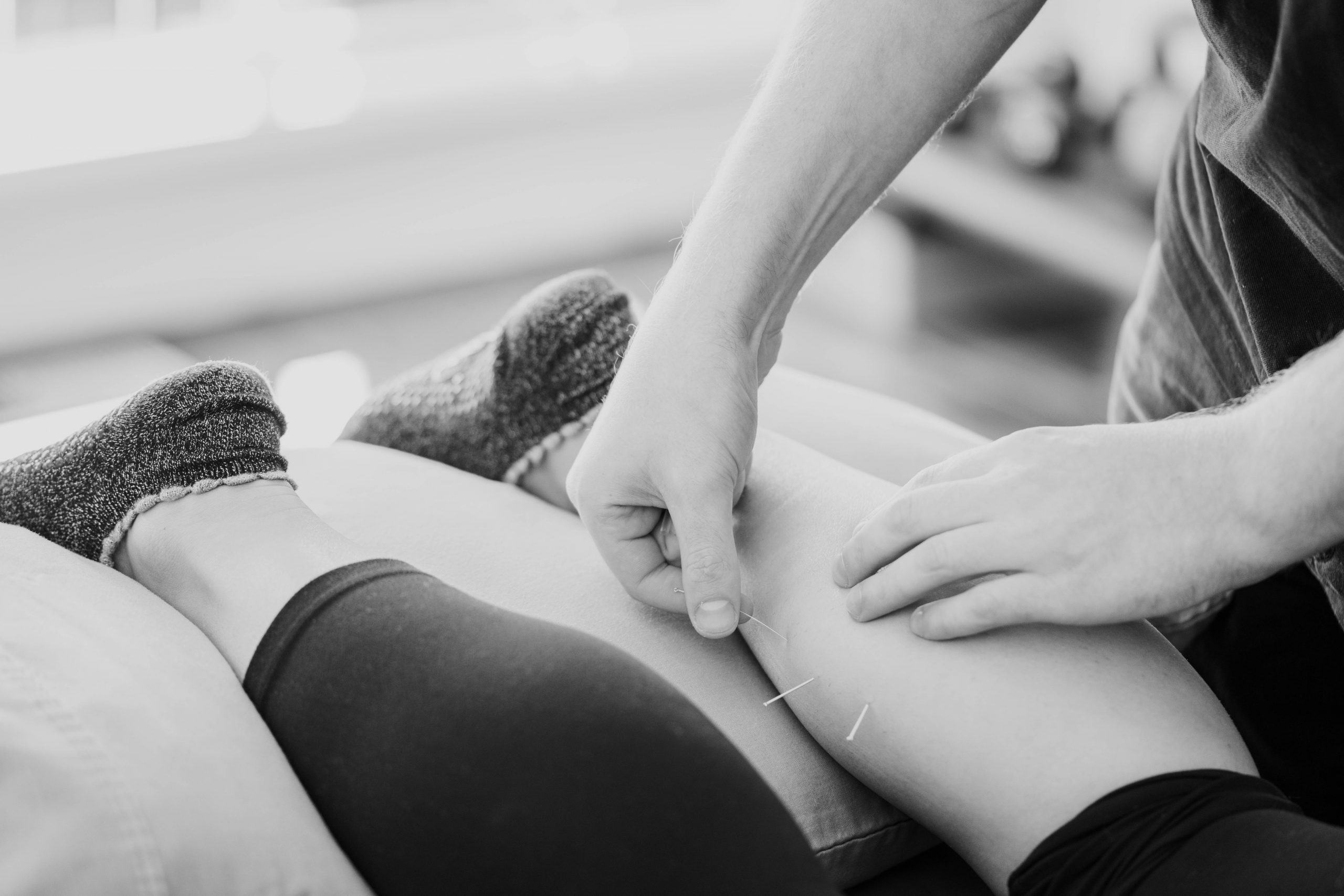Neck pain and Myotherapy
Are you experiencing neck aches or pain and struggling to find something to help? There can be multiple reasons why your neck is giving you discomfort, from Osteoarthritis, joint aggravations, previous injuries that may still be affecting you and more.
How can Myotherapy Help?
Myotherapy can have multiple benefits for neck pain, helping you get on top of your symptoms in different ways. One of which is treatment, which can include soft tissue massage, dry needling, cupping, myofascial release, joint mobilisation and stretching. Education on some strengthening exercises, stretches, as well as some mobility exercises in combination with treatment, can have a positive effect on your nervous system, as well as your musculoskeletal system to reduce your pain levels and get you back to feeling good and doing the things you enjoy.
What is involved in a Myotherapy appointment?
At the start of a Myotherapy appointment, your Myotherapist will go through a health history to make sure treatment is safe and to establish what things may be aggravating your neck pain. Next your Myotherapist will go through an assessment involving range of motion and some tests to try and understand exactly what is going on in your neck that is causing your aches and pains. Then based on the assessment, your Myotherapist will make a treatment plan to best target what is causing your discomfort, including giving you some stretches, strengthening exercises or mobility exercises to do at home.

What can I do at home for my neck pain?
Exercise regularly – Keeping movement through your neck is generally a great way to try and avoid neck pain and help it from getting worse. Regularly stretching your neck and shoulder muscles can also have a positive effect on your pain.
Consider your posture – Necks generally don’t like being in one position for too long, whether that be that you’re stuck at your desk for too long, or spending too long looking down at your phone or laptop. It is important to take regular breaks and move around.
Getting enough sleep – Not just the position you sleep in can affect your neck discomfort, but also how much sleep you get and the quality. Muscles like everything else need a good nights sleep to recover from the day before, but also to adapt to any positive changes you may be trying to make, such as strengthening your neck and shoulders.
Pain management – You can also try other forms of pain management such as heat packs, stretches and self massage to the muscles of your neck.
If you or someone you know is suffering with neck pain, feel free to contact us or make an appointment to learn more about what is causing your pain, and how best to over come it.



